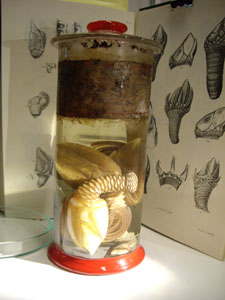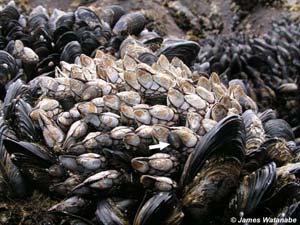Make a donation
Help us make the ordinary extraordinary for children, young people and teachers.
Post-16 module on Darwin's barnacles
Evidence for evolutionary relationships
 This module uses barnacles including those found on rocky shores across the world as the basis for students to learn the principles of classification, taxonomy and phylogeny.
This module uses barnacles including those found on rocky shores across the world as the basis for students to learn the principles of classification, taxonomy and phylogeny.
Barnacles are small filter feeding marine crustaceans that fix themselves on rocks and boats. Darwin took eight years to study every known fossil and living barnacle and his work forms the basis upon which the serious study of barnacle classification and evolution has been based.
In this module students will study barnacle morphology, life histories and life styles as Darwin did and upon which he based his classification and search for a common ancestor. Recent work using genetic and molecular evidence and scanning electron microscopy are used to show how some key difficulties on drawing the phylogentic tree of barnacles have been answered very recently by systematic scientists and some new questions raised.
Artemia, the brine shrimp, is used to explore the body plan of arthropod crustaceans and to understand how the taxonomic hierarchy is worked out through simple microscope work and the use of dichotomous keys leading to the binomial naming of species.
 A practising scientist, Miranda Lowe, talks on video about the importance of classification and phylogeny in her work as the Collections Manager for Invertebrates and Senior Curator (Crustacea) in the Zoology Department at The Natural History Museum in Cromwell Road in London and raises issues about collections and conservation for discussion.
A practising scientist, Miranda Lowe, talks on video about the importance of classification and phylogeny in her work as the Collections Manager for Invertebrates and Senior Curator (Crustacea) in the Zoology Department at The Natural History Museum in Cromwell Road in London and raises issues about collections and conservation for discussion.
These resources are being finalised.
This is an invaluable book on Darwin and his Barnacles:

